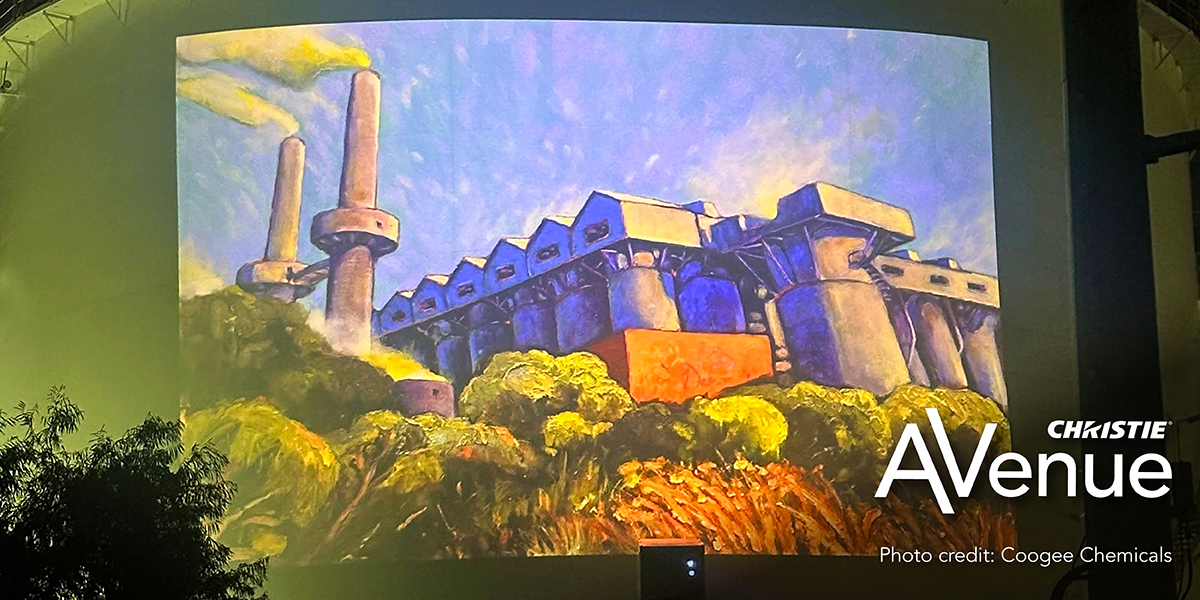History matters
How projection mapping creates a sense of place

Mention a sense of place, and most people think of history. The great world cities — Paris, London, Tokyo — are all the result of events there. Even if the charms of their geographical location are few, their built environment and the history that created it make them special. It’s all part of our need to give places a human context. Even natural wonders make us think, “What happened here?” We want places to have meaning as much as we want them to be beautiful.
History and a sense of place walk hand in hand, accompanied by a greater sense of social capital — made clear in a study by Newcastle University’s Centre for Urban & Regional Development Studies. The study also found that “the relationship between the historic built environment and a stronger sense of place is not only about living in a more historic area, but it’s also at least as much about how far people are interested in their built environment.”
No mere attractions
That you grow to love and value a place more the better you know its history should surprise no one. The trick is to bring that history alive for both inhabitants and visitors. So, when we see history in projection mapping on venerated buildings or celebrations of events past, we’re not looking at mere attractions. We’re looking at the very stuff that helps build a sense of place and social capital.
Take Prague’s Signal Festival. Now in its eleventh year, it attracts visitors by the thousand, helping to boost the local economy and raise the city’s profile. But it does something more when it allows the citizens of Prague to better understand why their environment is unique and valuable. Because it’s too easy for all of us, no matter where we live, to become so engulfed in the day-to-day that we don’t see what makes our surroundings unique. That’s the wonderful thing about festivals like Signal: They reveal the hidden stories of places we thought we knew and show them in a new light.
It’s a process happening all over the world, both in long-venerated places and unfairly ignored locations. The Golden Summit at Mount Laojun in Henan Province, China, has been a place of pilgrimage for centuries. A new projection mapping display enhances its cultural significance and harnesses it to foster the region’s economic growth and act as a platform for cultural exchange.
Like the ones used on the Sydney Opera House
At the other end of the scale is a public art project at Western Australia’s Kwinana industrial area near Perth that transforms a collection of massive fuel storage tanks into something special.
Russell MacKenzie, manager of Innovation & Project Development at Coogee Chemicals, says he wanted to “create a platform for storytelling and pride in the region.” For this ambitious project, he wanted “a projector like the ones used on the Sydney Opera House.” Even though its history is recent, the effect is the same: the environment is simultaneously reimagined and rediscovered, creating a sense of place.






